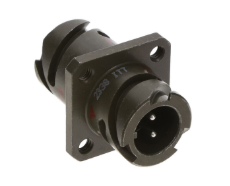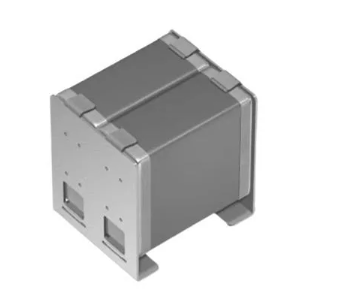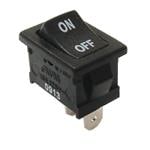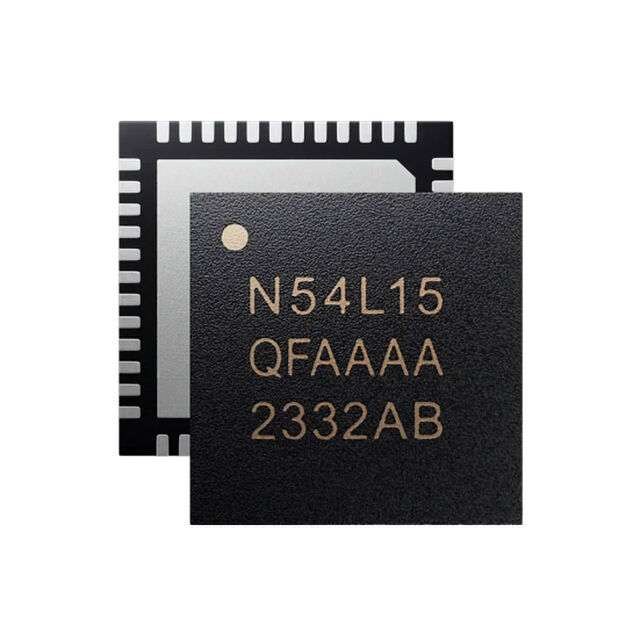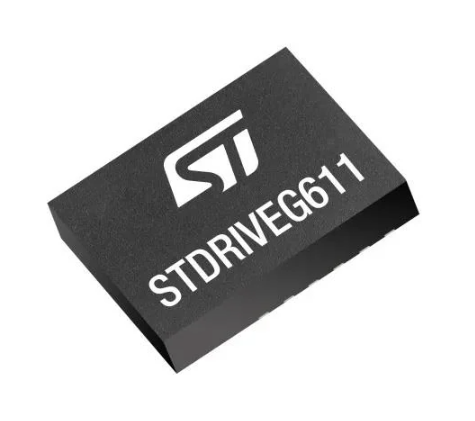Smart, self-steering disaster recovery bot can navigate debris and deliver drugs
Like something closer to science fiction than science fact, researchers at Penn State University have designed a miniature, soft-bodied robot that can navigate environments too dangerous or delicate for humans or traditional machines to explore.
This small, flexible robot, who is yet to be named, is constructed from flexible materials and is engineered to crawl through rubble in disaster zones or travel inside the human body to deliver drugs and collect medical data.
Thanks to its soft, flexible construction, the robot mimics the adaptability of living organisms. This flexibility means that it is able to squeeze into tight, irregular spaces where rigid robots or human tools can’t – like the gaps between collapsed structures or the narrow passageways of the gastrointestinal tract.
Building brains into a bendy body
Developing a robot capable of this kind of movement was only part of the problem. According to Professor Huanyu 'Larry' Cheng, co-author of the research, the real challenge was making it smart. Most soft robots rely on external control to find their way through complex environments – basically, following one-way commands to move. But the Penn State team wanted more, they wanted a robot that could sense, adapt, and respond with minimal human input. This meant embedding flexible electronics into an already flexible body.
The goal was to enable the robot to interact with its surroundings through onboard sensors, rather than being manually directed at every turn. However, even flexible electronics can be many times stiffer than the materials used in constructing a soft robot and this rigidity risked interference with movement. The team’s answer was to distribute the electronics carefully throughout the robot’s structure, reducing the impact on the robot’s flexibility.
No wires, no batteries – just a magnetic field
To power movement, the team embedded hard magnetic particles into the robot’s soft structure. These particles respond predictably to external magnetic fields, so by altering the strength and direction of the field, the researchers were able to control the robot’s crawling, twisting, and rolling motions – without internal motors, wires, or batteries.
Yet, integrating sensors and circuits into this magnetic system introduced new complications. Another hurdle the team had to overcome was preventing unwanted electrical interference, such as that caused by electronics or wireless signals from outside sources, which could disrupt how the robot moved and the performance of its sensors. The team had to take great care when designing the electronic layout so that these interactions could be minimalised to allow the sensors to function even when strong magnetic fields were present.
The technology: materials and integration
At the heart of the robot is a soft magnetic composite made from neodymium-iron-boron microparticles coated in soybean wax, embedded within a silicone elastomer. The wax enables reprogrammable magnetic alignment at relatively low temperatures – around 45°C – allowing the robot’s movements to be updated without damaging its structure.
A wireless power system built around a copper radio frequency coil (resonant at 6.78MHz) provides energy to a compact set of electronics, including a Bluetooth low-energy system-on-chip (BLE SoC), microcontroller, µ-LEDs, sensors, and actuators. These are housed within flexible polyimide-copper layers and encapsulated in soft Ecoflex silicone for mechanical protection.
The robot's electronics were designed in a decentralised layout using serpentine copper interconnects. This allowed the circuits to flex with the robot’s movements, maintaining mechanical integrity even through repeated bending. Testing confirmed that key components such as sensors, microheaters, and BLE modules remained functional even when exposed to magnetic fields up to 200mT, and after over 1,000 deformation cycles.
Smart sensing for search, rescue, and medicine
Integrated sensors allow the robot to respond autonomously to environmental cues. For instance, in a disaster scenario, it might detect heat to identify a trapped person. In a biomedical context, it could monitor pH levels or pressure to deliver medication precisely when and where it is needed.
The robot can be guided externally using handheld magnets or electromagnetic systems, but its internal electronics allow for a degree of autonomy. This enables it to switch modes, morph shapes, or adapt its motion based on real-time data – without human intervention.
What’s next? smaller, smarter, and inside the body
Next for the team is looking into miniaturising the technology even further to create swallowable robots, or “robot pills”. Meaning that these could be swallowed and then they would travel through the gastrointestinal tract, collect diagnostic data, or deliver drugs in targeted doses. Because the robots are untethered and wireless, they offer the possibility of less invasive diagnostics and treatment compared to a biopsy for example. The robot could gather data directly from the patient in real time, which would mean fewer invasive surgeries and a quicker diagnosis time as well as targeted treatments and improved outcomes for patients.
Looking ahead, Professor Cheng envisions future versions of the robot that are injected and then travel through a patient’s blood vessels to detect and treat cardiovascular conditions, creating a whole new world of possibility for non-invasive medical treatment.


